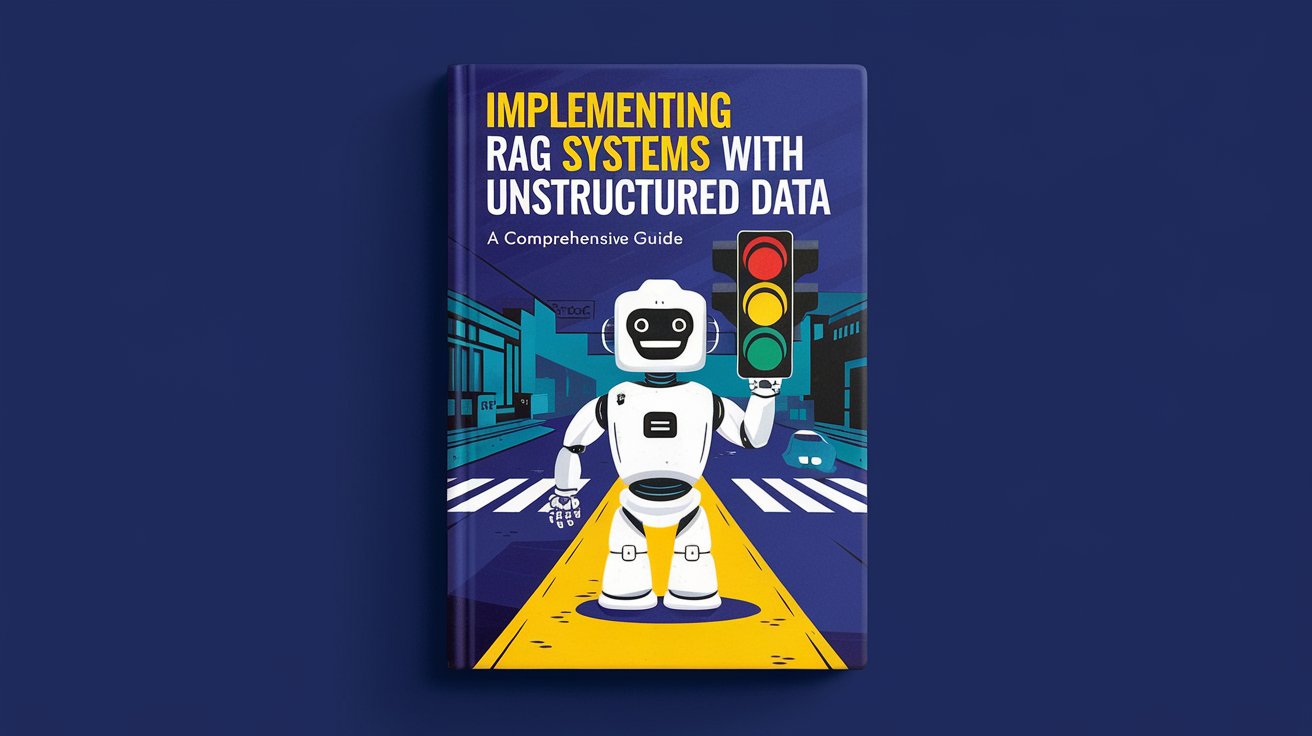LiveKit: Powering Real-Time Communication in the Modern Digital Landscape

In today’s fast-paced, interconnected world, the ability to communicate in real-time has become not just a convenience, but a necessity. From remote work environments to online education, social media live streams to telemedicine consultations, the demand for seamless, high-quality audio and video streaming is skyrocketing. This surge in demand has created unique challenges for developers tasked with building robust, scalable communication solutions that can handle the complexities of modern digital interactions.
Enter LiveKit, an innovative open-source platform that’s revolutionizing the way developers approach real-time communication. Born out of the need for a more flexible, powerful, and accessible solution, it harnesses the capabilities of WebRTC (Web Real-Time Communication) technology to enable high-quality streaming of audio, video, and data across multiple users. But LiveKit isn’t just another communication tool—it’s a comprehensive platform that empowers developers to create cutting-edge applications that push the boundaries of what’s possible in real-time interaction.
In this article, we’ll dive deep into the world of LiveKit, exploring its key features, real-world applications, and the exciting possibilities it opens up for developers and businesses alike. From its core technology to its integration with cutting-edge AI models, we’ll uncover how LiveKit is shaping the future of digital communication and why it’s becoming the go-to choice for developers worldwide.
Table of Contents
What is LiveKit?

LiveKit is an innovative, open-source platform designed to empower developers in creating robust real-time communication solutions. At its core, it harnesses the power of WebRTC technology, enabling high-quality streaming of audio, video, and data across multiple users. This makes it an ideal choice for a wide range of applications, from small-scale projects to large, enterprise-level solutions.
Key Features of LiveKit
1. Real-Time Communication
LiveKit’s primary strength lies in its ability to support live audio and video streaming. This feature makes it exceptionally suitable for applications that require instantaneous interaction between users, such as:
- Video conferencing platforms
- Online gaming environments
- Interactive live streaming events
- Virtual classrooms and webinars
2. Open-Source Flexibility
As an open-source platform, LiveKit offers developers the freedom to customize and extend its functionalities. This flexibility allows for tailored solutions that meet specific project requirements, making it a versatile choice for various industries and use cases.
3. Scalable Multi-User Support
One of it’s standout features is its ability to handle multiple users simultaneously. This scalability is crucial for applications that need to support large numbers of participants, such as:
- Large-scale virtual events
- Massive multiplayer online games
- Enterprise-level video conferencing systems
4. Cross-Platform SDK Availability
To facilitate easier integration into existing projects, It provides a range of Software Development Kits (SDKs) for different platforms. These include:
- JavaScript for web applications
- Swift for iOS development
- Kotlin for Android development
This variety of SDKs ensures that developers can implement it’s features regardless of their chosen development environment.
LiveKit in Action: Real-World Use Cases
Video Conferencing Applications
In the era of remote work and global collaboration, video conferencing has become an indispensable tool. It’s robust features make it an excellent choice for building conferencing applications that can handle:
- High-quality audio and video streams
- Large numbers of participants
- Screen sharing and collaborative tools
- End-to-end encryption for secure communications
Gaming and Interactive Experiences
The gaming industry has seen a surge in demand for real-time communication features. LiveKit enhances multiplayer gaming experiences by providing:
- Low-latency voice chat for in-game communication
- Video streaming for game streamers and content creators
- Real-time data synchronization for multiplayer interactions
Virtual Events and Online Education
As the world continues to embrace digital transformation, virtual events and online education platforms are becoming increasingly popular. LiveKit supports these use cases by offering:
- Scalable video streaming for large audiences
- Interactive features for audience engagement
- Recording capabilities for on-demand viewing
- Integration with other tools for enhanced functionality
Integrating LiveKit with AI: The OpenAI Connection
One of the most exciting developments in the LiveKit ecosystem is its integration with OpenAI’s ChatGPT through the Realtime API. This powerful combination opens up new possibilities for creating low-latency, multimodal conversational applications.
How the Integration Works
- WebSocket to WebRTC Conversion: It enhances OpenAI’s WebSocket-based Realtime API by converting the transport to WebRTC. This conversion results in better performance for real-time audio and video streaming, especially over varying network conditions.
- Agents Framework: It provides an Agents framework that seamlessly integrates OpenAI’s models with its client SDKs. Supporting both Python and Node.js, this framework allows developers to build sophisticated real-time conversational AI applications with ease.
- Efficient Audio Routing: When a user speaks, their audio is transmitted via WebRTC to LiveKit’s edge network. From there, it’s routed to a backend agent that communicates with OpenAI’s model through the Realtime API. The response is then sent back through the same route, ensuring minimal latency and high-quality interaction.
- Multimodal Capabilities: This integration enables speech-to-speech interactions, allowing applications to simulate human-like conversations. Features such as interruption handling and turn-taking cues make these interactions feel more natural and engaging.
Building Multi-User Conferencing with LiveKit
For developers looking to create robust multi-user conferencing applications, LiveKit offers a powerful set of tools and features:
Scalable Architecture
It employs a Selective Forwarding Unit (SFU) architecture, which efficiently manages media streams among multiple participants. This approach significantly reduces bandwidth usage compared to traditional peer-to-peer models, making it ideal for large group calls.
Advanced Features for Enhanced User Experience
It doesn’t just stop at basic audio and video streaming. It also provides a range of advanced features to enhance the conferencing experience:
- End-to-end encryption for secure communications
- Session recording for later review or on-demand access
- Moderation tools to manage large groups effectively
Easy Integration with Third-Party Tools
It’s flexibility allows for seamless integration with other tools and services. For example, developers can combine LiveKit with conversation intelligence tools like Symbl.ai to add features such as:
- Live transcription for improved accessibility
- Closed captioning for non-native speakers or noisy environments
- Sentiment analysis for gauging participant engagement
The LiveKit Community and Resources
One of the strengths of any open-source project is its community, and it is no exception. Developers can benefit from:
- Active GitHub repositories with regularly updated code and documentation
- A “Realtime Playground” for experimenting with it’s APIs in an interactive environment
- Community forums and discussion boards for sharing knowledge and solving problems
Conclusion: The Future of Real-Time Communication
As we continue to navigate an increasingly digital world, the demand for high-quality, real-time communication solutions will only grow. LiveKit, with its powerful features, open-source flexibility, and integration capabilities, is well-positioned to meet this demand.
Whether you’re building the next big video conferencing platform, creating immersive multiplayer games, or developing AI-powered conversational interfaces, LiveKit provides the tools and infrastructure you need to succeed. By leveraging LiveKit’s capabilities, developers can create innovative applications that push the boundaries of what’s possible in real-time communication.
As the platform continues to evolve and expand its features, we can expect to see even more exciting applications and use cases emerge. The future of real-time communication is here, and LiveKit is leading the way.
For more insights on cutting-edge technologies and development techniques, check out our other articles on topics such as Apache Iceberg, FAISS
.





